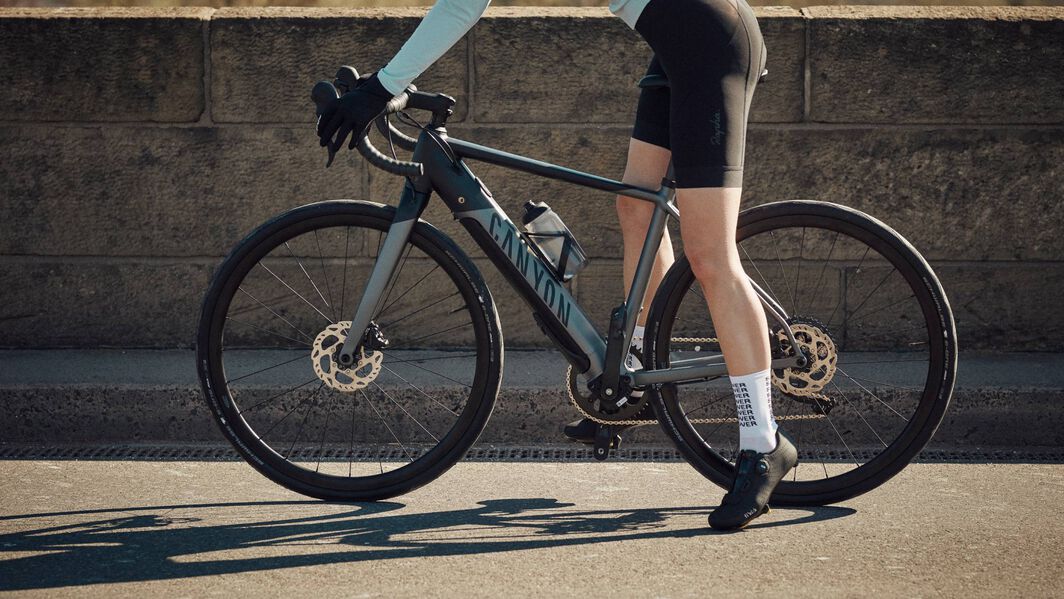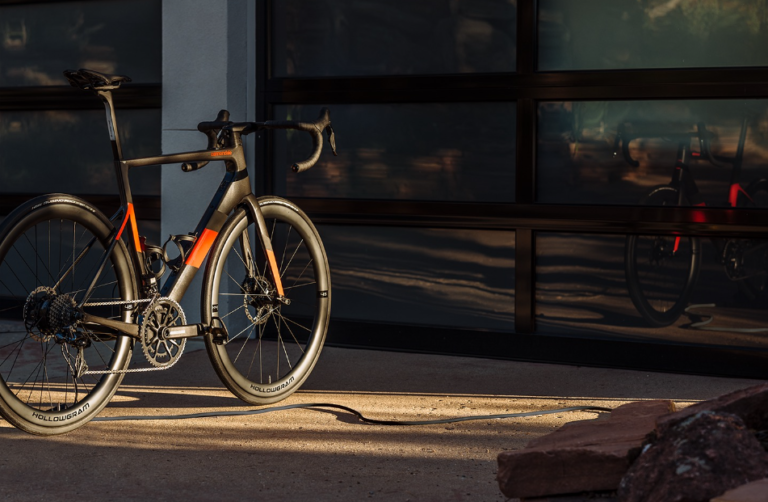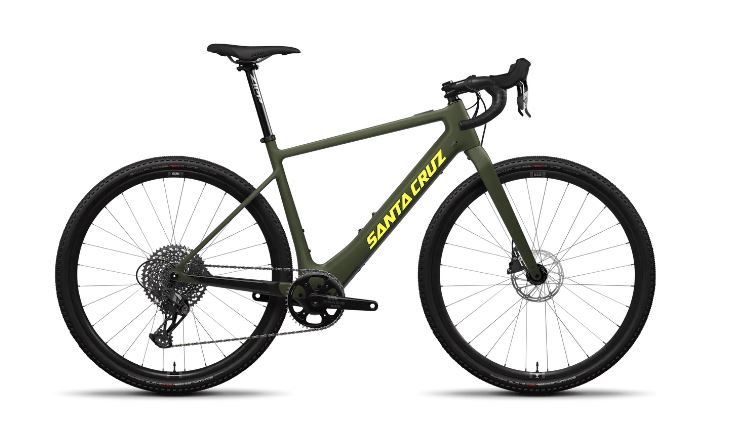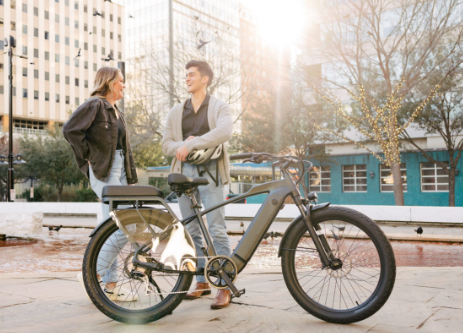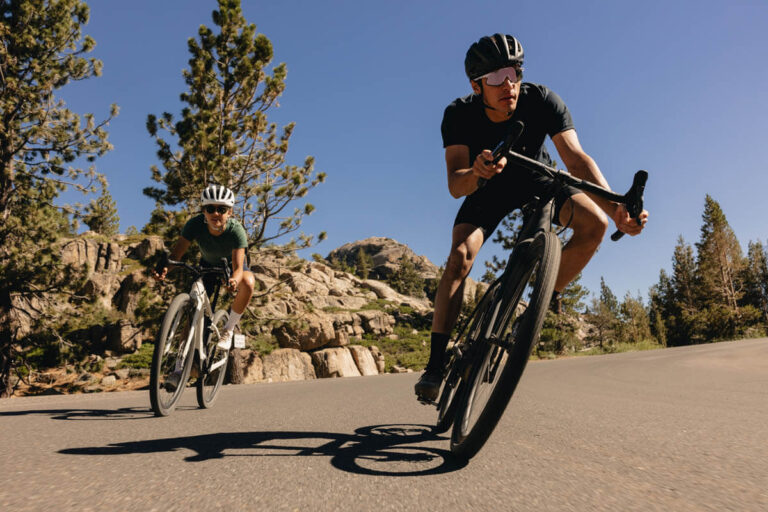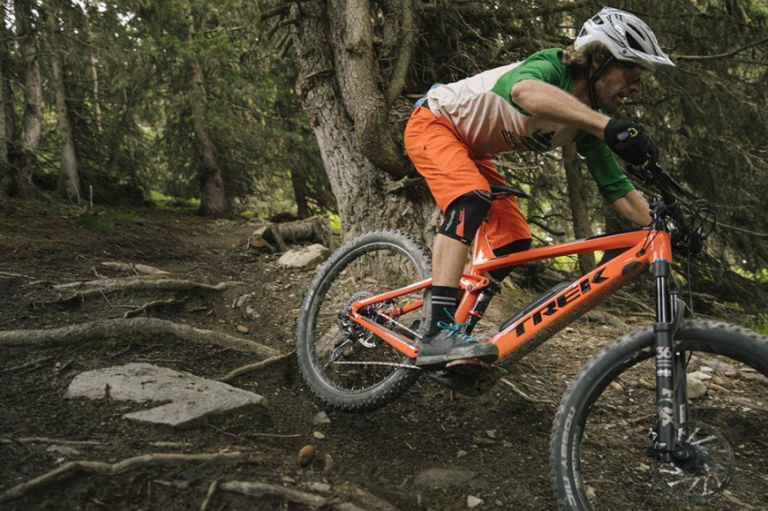The Importance of Aerodynamics in Road E-Bikes
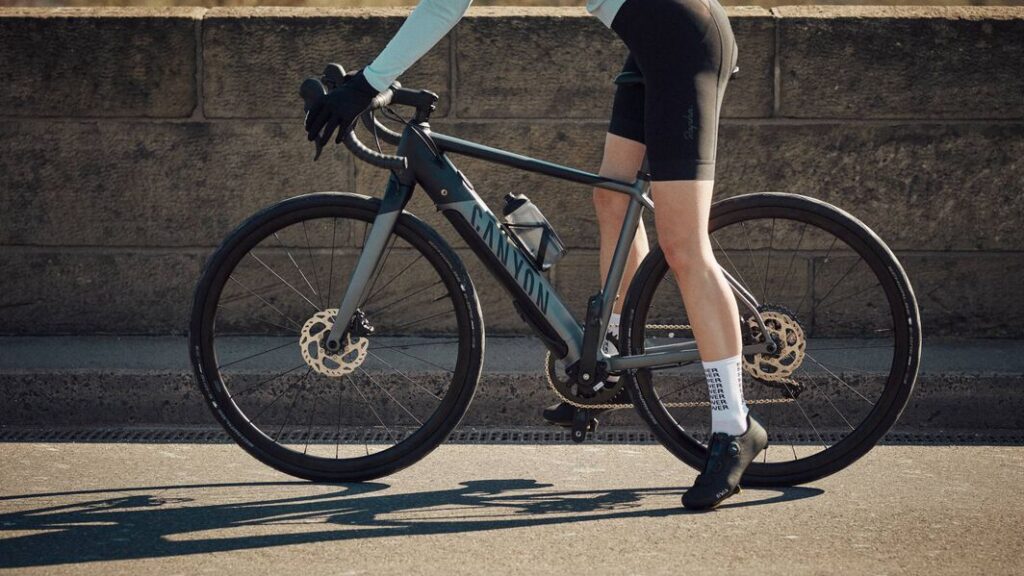
Key Point Summary of The Importance of Aerodynamics in Road E-Bikes:
- Aerodynamics significantly affects speed and efficiency in road e-bikes, more so than in traditional bikes due to their ability to maintain higher average speeds.
- Design features like frame geometry, component integration, and smooth surface finishes reduce air resistance, making rides faster and requiring less energy.
- Wheel design and tire choice play crucial roles in minimizing drag, improving both acceleration and maintaining speed.
- Rider position can dramatically impact aerodynamics; optimizing handlebar height, seat position, and overall posture can reduce drag.
- Technological advancements in e-bike design continue to improve aerodynamics, offering riders a blend of speed, efficiency, and comfort.
As a masters cyclist with years of experience racing and riding across a spectrum of bikes – from the rugged trails with mountain bikes, the unpredictable terrains of gravel bikes, to the competitive sprints in cyclocross – I’ve seen firsthand how the smallest details can make the biggest differences.
Transitioning into the world of road e-bikes, the principle of aerodynamics has fascinated me the most. The blend of technology with traditional cycling dynamics opens up a new frontier for speed and efficiency, making every ride an exploration of what’s possible.
The Aerodynamic Edge
The quest for speed is eternal in cycling, and road e-bikes are no exception. Aerodynamics plays a pivotal role here, perhaps more so than in any other form of cycling I’ve engaged with. E-bikes, with their assisted power, maintain higher average speeds than traditional bikes. This means that aerodynamic drag becomes a more significant factor sooner. The faster you go, the more air you’re pushing against. It’s a simple equation, but solving it involves a blend of engineering marvels and design ingenuity.
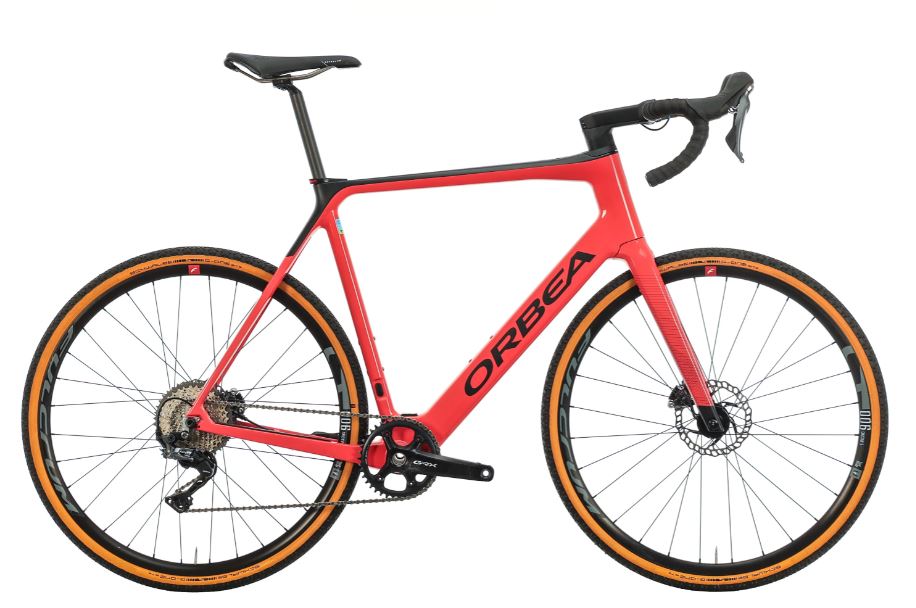
Design Features: The Devil’s in the Details
The design features of road e-bikes that contribute to aerodynamic efficiency are a marvel. Frame geometry is the first piece of the puzzle. Sleek, streamlined frames that cut through the air more efficiently have replaced the bulkier designs of early models. I remember my first e-bike; it felt like steering a tank compared to the nimble road bikes I was used to. Today’s models, however, are different beasts altogether.
Component integration plays a massive role too. Cables, batteries, and motors are all tucked away, reducing drag. This integration not only contributes to a cleaner aesthetic but also to a smoother ride. Handlebars and stems are designed to present the least possible surface area to the wind, and even the seatpost and saddle designs are optimized for airflow.
Wheel design deserves a special mention. Aerodynamic wheels can significantly reduce drag, especially at higher speeds. The difference when upgrading to a set of deep-section carbon wheels is not just noticeable; it’s game-changing. They help maintain speed with less effort, a boon on long rides.
Speed Efficiency: The Aerodynamic Payoff
The payoff for all these aerodynamic considerations is speed efficiency. Less energy is wasted battling air resistance, meaning the bike’s motor can operate more effectively. This efficiency isn’t just about going faster; it’s about going further. On my long weekend rides, conserving battery life while maintaining a brisk pace allows me to explore routes I wouldn’t have considered on a traditional bike or even on an older e-bike model.
Rider Position: The Human Factor
Aerodynamics isn’t just about the bike; the rider plays a significant role. On my first foray into road e-biking, I was surprised at how much my position affected my speed. Adopting a more aerodynamic posture can significantly reduce drag. It’s about finding the right balance between comfort and efficiency, which can be a personal journey. Adjusting the handlebar height, tweaking the seat position, and refining your posture can yield significant improvements in aerodynamics.
The Future of Aerodynamics in E-Bikes
The future of road e-bikes looks bright, with aerodynamics playing a leading role. Technological advancements continue to refine and redefine what’s possible. We’re already seeing e-bikes that are nearly indistinguishable from high-end road bikes in terms of design and performance. The integration of smart technology, providing real-time feedback on efficiency and drag, is on the horizon. This will allow riders to adjust their riding style and bike settings on the go, optimizing for the best possible aerodynamic efficiency.

The Importance of Aerodynamics in Road E-Bikes: In Conclusion
The importance of aerodynamics in road e-bikes cannot be overstated. From design features that minimize drag to the rider’s position that can make or break efficiency, every detail matters. The pursuit of aerodynamic efficiency is a journey of continual improvement and adaptation.
As a cyclist who has experienced the evolution of cycling across various terrains and disciplines, I find the focus on aerodynamics in road e-bikes both a challenge and an opportunity. It’s an exciting time to be a part of the cycling community, as we push the boundaries of what’s possible on two wheels, powered by both muscle and motor.
Based on my search, here are some road e-bike models known for their aerodynamic design and features, catering to both performance and efficiency on the road:
- Trek Domane+ AL 5: Built on Trek’s comfortable, all-day road-riding platform, this bike combines a lightweight alloy frame with a carbon fork and a Shimano 105 drivetrain. It’s adaptable for commuting, uses wider 32mm tires for flexibility, and includes three pedal-assist modes for a tailored riding experience. It’s designed for stable and comfortable rides with an option to double the battery range.
- Specialized Turbo Creo SL Comp Carbon: A full carbon chassis bike paired with Specialized’s proprietary SL 1.1 motor, designed for a wide torque range. It’s aimed at delivering a performance close to traditional road bikes with the benefit of pedal assistance. The bike features a lightweight design, and good range, and is built for harder training.
- Ribble Endurance AL e–Sport: Offers a good entry point into road e-bikes, featuring Mahle’s X35+ hub-drive system for sufficient torque during rides. It maintains the same geometry as its acoustic model, offering a familiar feel with the added benefit of electric assistance. The Shimano Tiagra system ensures reliability without compromising on weight.
- Orbea Gain: Their M30 model focused on creating a seamless integration of the Mahle Ebikemotion X35 motor and battery within a single interface. This bike features a carbon monocoque frame and fork, promising a fast and responsive ride. It’s designed for enthusiastic trainers and athletes, offering built-in lights and a high-quality mid-range kit.
- Ribble Endurance SL e – Enthusiast: This model is another from Ribble, featuring a lightweight design with a focus on performance. It includes a 250W motor housed within the down tube and maintains a sleek profile for aerodynamic efficiency. The bike is aimed at enthusiasts seeking a high-performance e-bike experience.
These models are notable for their blend of aerodynamic design, lightweight construction, and integrated electric systems that enhance the riding experience without compromising the feel of traditional road biking. For detailed specifications and to compare these models further, I recommend visiting the manufacturers’ websites or specialized cycling outlets.
Happy eRiding!
John
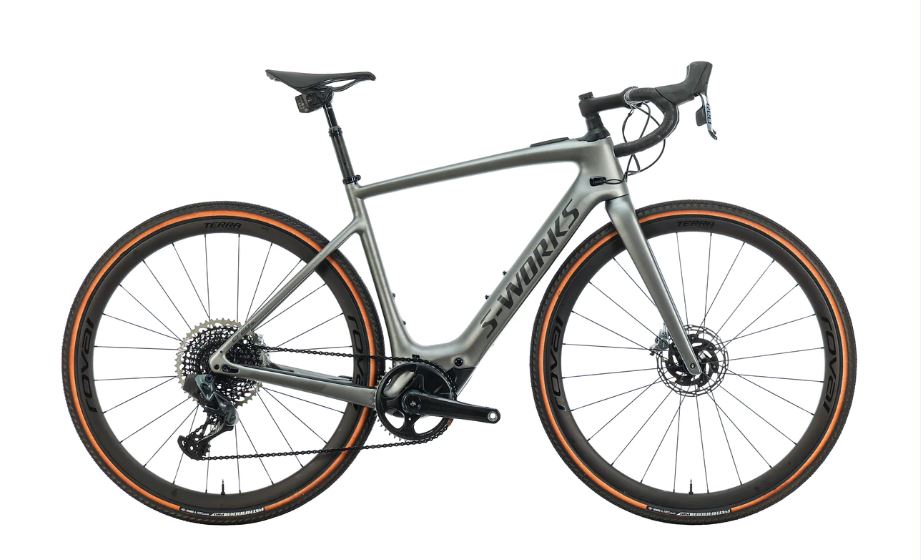
FAQ
What is aerodynamic road bike?
An aerodynamic road bike is designed to reduce air resistance with features like streamlined shapes, integrated components, and specific frame geometries, enhancing speed and efficiency during riding.
What are the benefits of aero bikes?
- Improved Speed: Reduced air resistance allows for higher speeds with the same amount of effort.
- Energy Efficiency: Riders can maintain higher speeds for longer distances without increasing power output, saving energy over time.
- Enhanced Performance: Ideal for racing or fast-paced riding, offering a competitive edge.
Do bikes have aerodynamics?
Yes, bikes have aerodynamics. The design and shape of a bike and its components, as well as the rider’s position, can significantly impact air resistance. Aerodynamic optimization in bikes can lead to improved speed and efficiency, especially at higher speeds where wind resistance becomes more significant.
